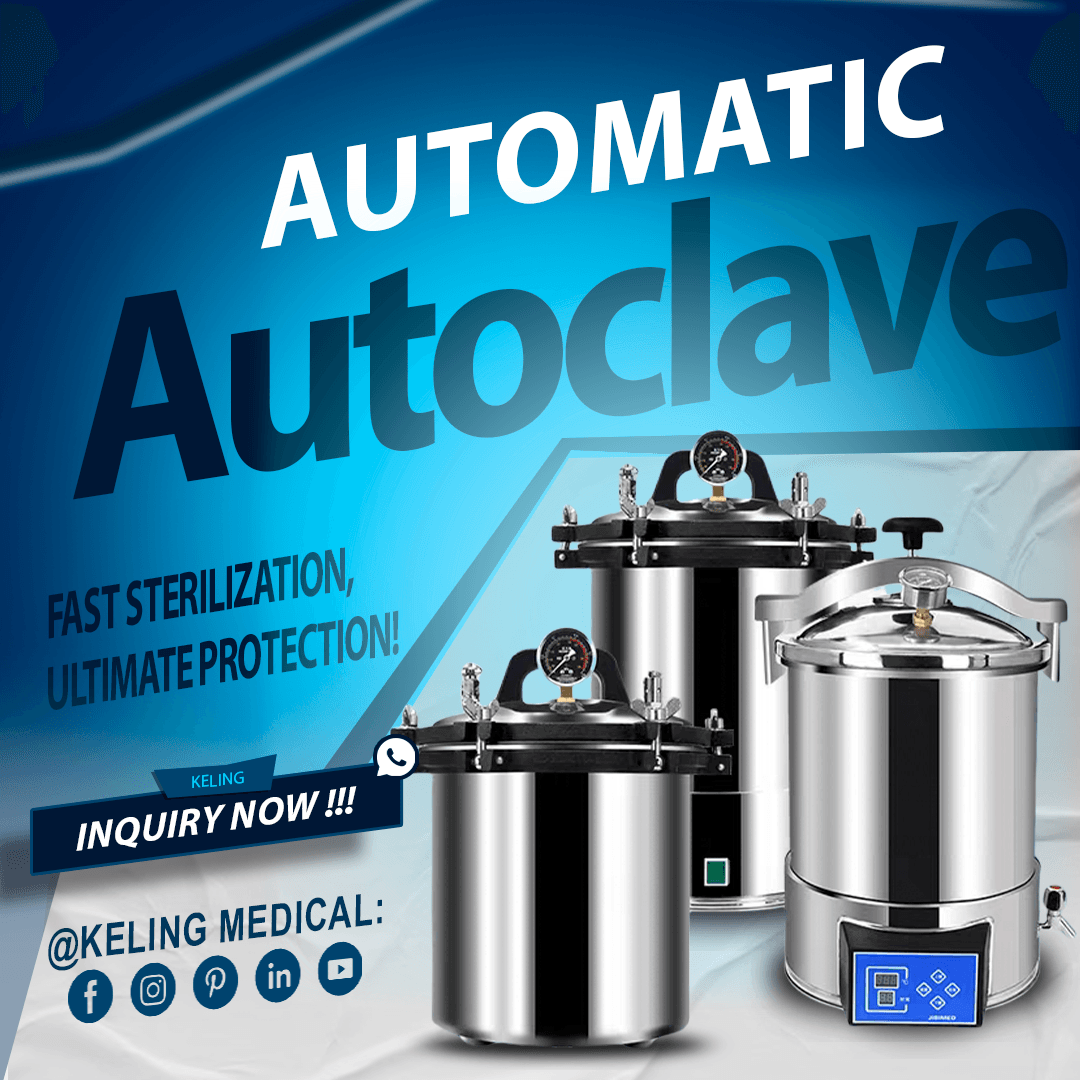
Autoclave testing involves multiple procedures which verify the proper function of autoclaves for effective sterilization of medical instruments and materials. Sterilization validation in autoclave testing involves physical, chemical, and biological indicators because they serve distinct roles.
Multiple critical reasons make effective autoclave testing necessary.
**Patient Safety: Medical instruments must remain free from pathogens to minimize healthcare-associated infection risks.
**Regulatory Compliance: Healthcare facilities follow best practices through adherence to established industry standards and regulations.
**Quality Assurance: The performance validation of autoclaves guarantees their efficient and effective operation.
Physical testing requires tracking the operational parameters of the autoclave throughout its sterilization cycle. Key parameters include:
The autoclave needs to achieve and sustain the necessary temperature throughout the specified time period.
The autoclave operates properly when PSI levels are monitored to ensure they stay within the required pressure range.
The sterilization cycle duration needs precise documentation to meet established guidelines.
Chemical indicators are substances which display physical changes through color or form alteration when exposed to particular sterilization process conditions. Common types include:
Class 1 Indicators measure exposure to heat externally but do not verify sterilization effectiveness.
Class 5 Indicators function as integrators which detect time, temperature, and steam exposure to offer a more dependable sterilization effectiveness indication.
Biological indicators stand as the benchmark for determining autoclave effectiveness. These indicators contain live spores which demonstrate strong resistance to standard sterilization methods. The testing procedure involves:
Biological indicators must be positioned within the sterilization load during processing.
Following the sterilization cycle researchers incubate the biological indicators to detect any microbial growth.
The absence of microbial growth shows that sterilization worked but microbial growth means sterilization failed.
Implement a consistent testing schedule to evaluate autoclave performance on a regular basis. Daily, weekly, and monthly testing should be performed based on how much autoclaving activity occurs.
The most dependable verification of sterilization comes from using biological indicators during testing procedures. Adhere to the manufacturer’s guidelines when positioning and incubating biological indicators.
Record all autoclave test parameters and results along with any corrective actions that were taken. Documentation serves as a key element in ensuring compliance and maintaining quality assurance standards.
All staff members engaged in sterilization procedures must receive proper training in autoclave operation and testing standards. Consistent training sessions verify best practices remain in place while maintaining compliance standards.
Autoclaves require consistent maintenance and service to achieve the best possible performance. The maintenance process requires technicians to calibrate temperature and pressure gauges while they also need to evaluate seals and valves for signs of wear.
The medical sterilization process depends critically on autoclave testing. Medical device distributors and healthcare procurement specialists alongside professionals in healthcare can maintain medical instrument safety and effectiveness through proper testing method understanding and best practice implementation. Achieving optimal sterilization results requires regular testing procedures combined with guideline adherence and appropriate training methods.
Our team stands ready to provide you with detailed information about autoclave testing and best practices upon request.
The purpose of autoclave testing is to ensure that the sterilization process is effective, confirming that instruments are free from harmful microorganisms and compliant with industry regulations.
Autoclave testing should be performed regularly, including daily checks for physical parameters and weekly or monthly testing using biological indicators.
Biological indicators are tests that use live spores to confirm that the sterilization process effectively kills microorganisms. They are considered the most reliable method for validating sterilization.
If an autoclave test fails, it is crucial to investigate the cause, which may involve checking the autoclave settings, load configuration, or potential equipment malfunctions. Repeat the test after addressing any issues.
While chemical indicators provide useful information about exposure to sterilization conditions, they do not guarantee sterility. Biological indicators are recommended for comprehensive testing.
For inquiries, please contact us at inquiry@shkeling.com or reach out via WhatsApp at +8618221822482. Visit our website for more information: Keling Medical.

Introduction Autoclave machines used in hospitals are one of the most important investments in healthcare infrastructure, serving as the first line of defense against healthcare-associated infections. Sophisticated sterilization equipment is

The autoclaving process serves as an essential sterilization practice utilized across medical, laboratory, and research facilities to protect glassware and instruments through effective sterilization. High-pressure steam eliminates pathogens during this

The autoclaving process serves as an essential sterilization practice utilized across medical, laboratory, and research facilities to protect glassware and instruments through effective sterilization. High-pressure steam eliminates pathogens during this

The autoclaving process serves as an essential sterilization practice utilized across medical, laboratory, and research facilities to protect glassware and instruments through effective sterilization. High-pressure steam eliminates pathogens during this

The autoclaving process serves as an essential sterilization practice utilized across medical, laboratory, and research facilities to protect glassware and instruments through effective sterilization. High-pressure steam eliminates pathogens during this
The autoclaving process serves as an essential sterilization practice utilized across medical, laboratory, and research facilities to protect glassware and instruments through effective sterilization. High-pressure steam eliminates pathogens during this